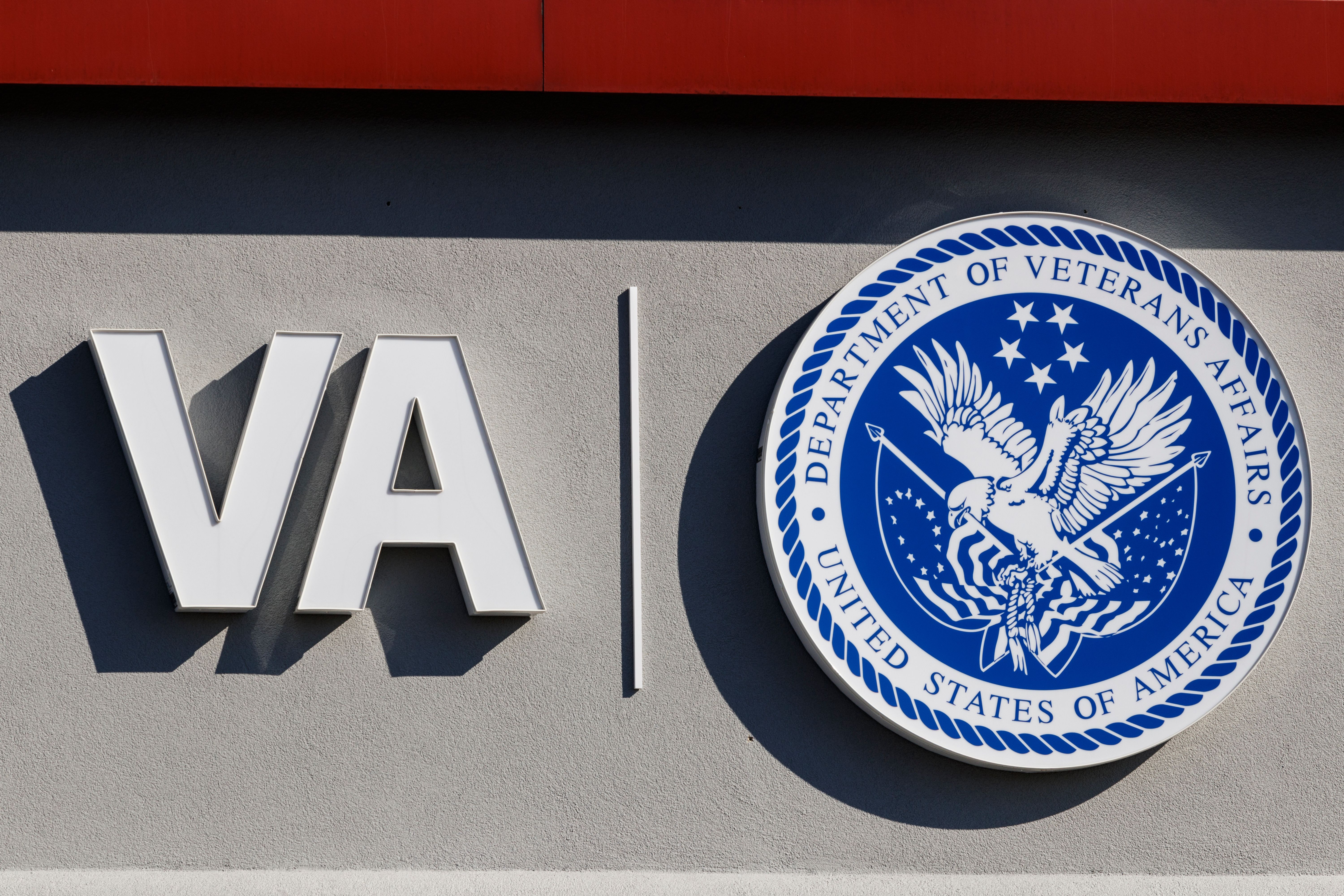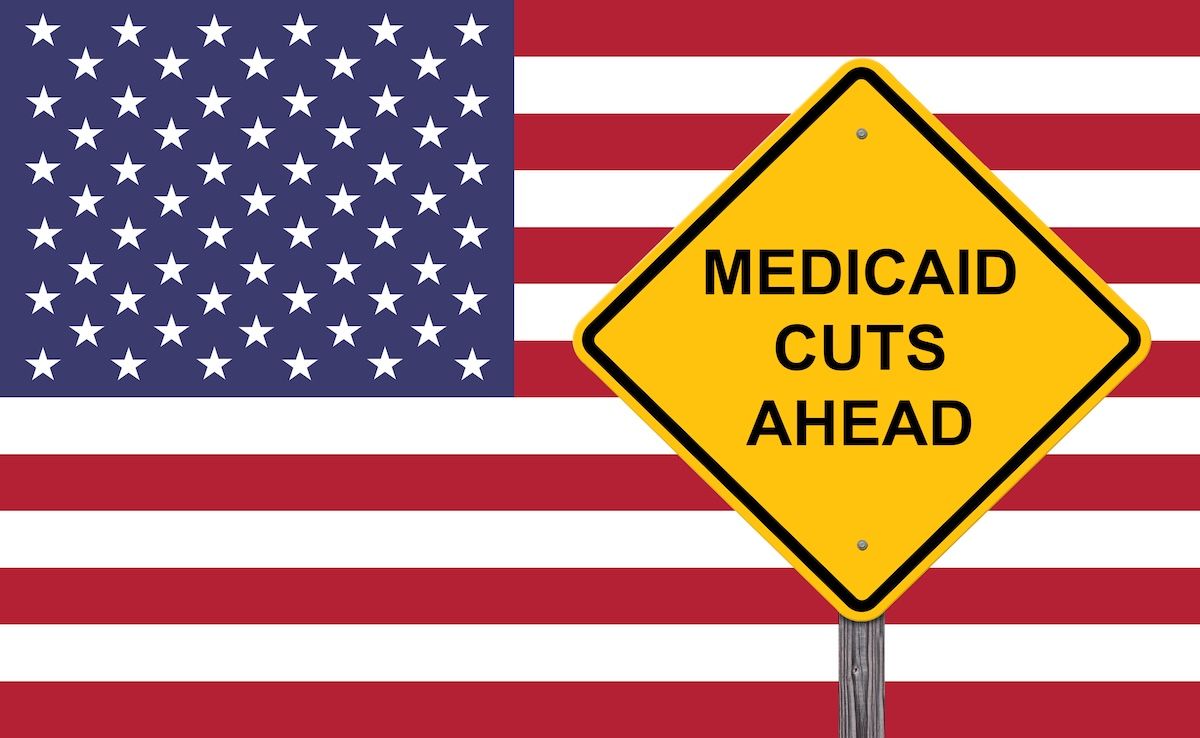Article
How Does Medicare Advantage's Costs Really Compare With Traditional Medicare?
Author(s):
While the costs of private Medicare Advantage plans are slightly less, on average, than traditional Medicare, broad determinations can be misleading, a new report finds.
The role played by private Medicare Advantage (MA) plans has been the subject of much debate over the years, especially the question of whether they operate more efficiently than traditional Medicare. The Commonwealth Fund recently issued a report concluding that the costs of providing benefits to enrollees in private MA plans are slightly less, on average, than what traditional Medicare spends per beneficiary in the same county.
However, the report notes that MA plans that are able to keep their costs comparatively low are concentrated in a relatively small number of US counties. The data also show that while MA plan costs per beneficiary were lower than traditional Medicare costs in urban areas, they were substantially higher in rural areas.
The report, “Does Medicare Advantage Cost Less than Traditional Medicare?” found that in 25 counties where cost differences between MA plans and traditional Medicare are largest, MA plans spent a total of $5.2 billion less than what traditional Medicare would have been expected to spend on the same beneficiaries, with health maintenance organizations (HMOs) accounting for all of that difference. In the rest of the country, MA plans spent $4.8 billion above the expected costs under traditional Medicare.
The analysis used data on MA plan costs in 2012 posted on the CMS website, which also contained data on MA plan enrollment and county data on costs in traditional Medicare. MA plan costs were compared with per-beneficiary spending in traditional Medicare in the same county (risk adjusted) and the difference between the 2 was multiplied by the number of each MA plan’s enrollees in the county to indicate the difference between MA plan costs and what traditional Medicare would be expected to spend for the same beneficiaries. The relative costs for all MA plans of HMOs, local preferred provider organizations (PPOs), regional PPOs, and private fee-for-service (FFS) plans were summed to get a total value for each county. (The analysis did not include special-needs plans and employer-sponsored plans.)
Only HMOs had lower costs than traditional Medicare in 2012. HMO costs per enrollee nationwide were 93% of traditional Medicare spending per beneficiary in the same counties, a $4.2 billion difference. Local PPO, regional PPO, and private FFS plan costs were all higher than expected costs under traditional Medicare ($3.8 billion higher in aggregate).
While the report concludes that the costs of providing benefits to enrollees in private MA plans are slightly less than what traditional Medicare spends per beneficiary in the same county, it goes on to say that broad determinations about the relative efficiency of MA plans and traditional Medicare can be misleading because they fail to take into account local conditions and individual plans’ performance.

Supplemental Dental, Vision Benefits May Not Justify MA Payments for VA-Covered Veterans




